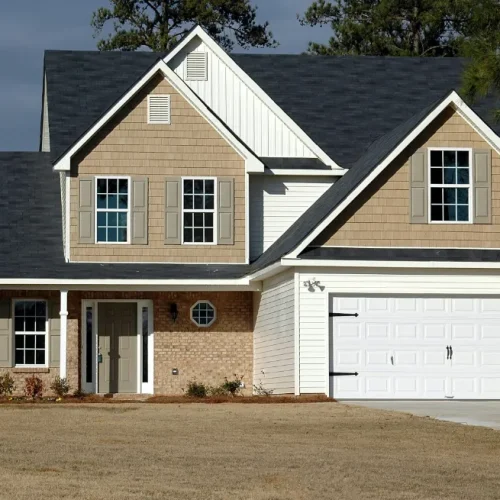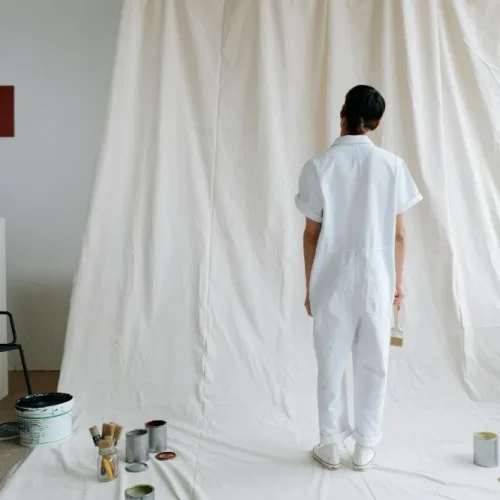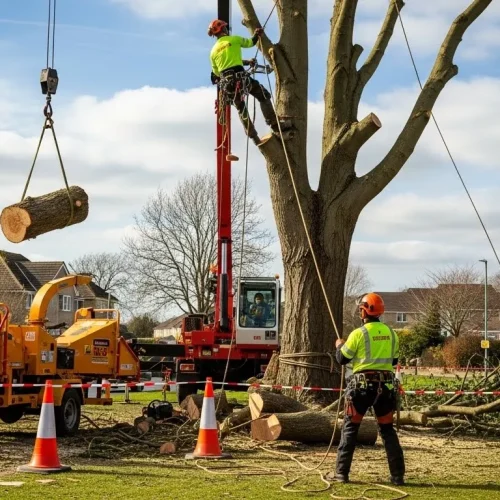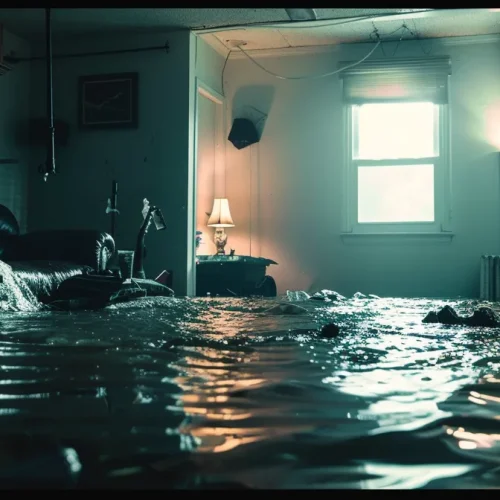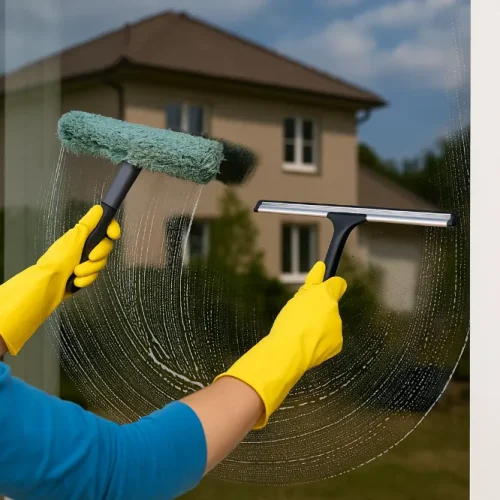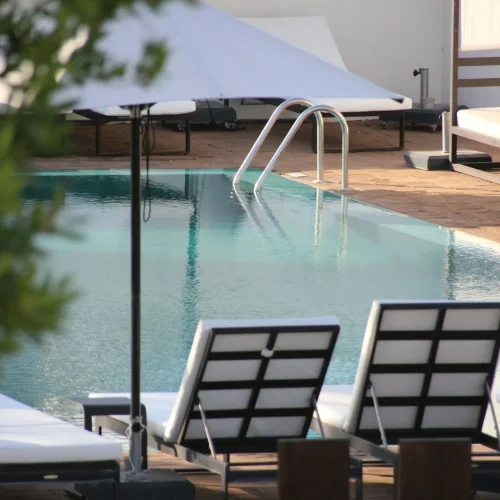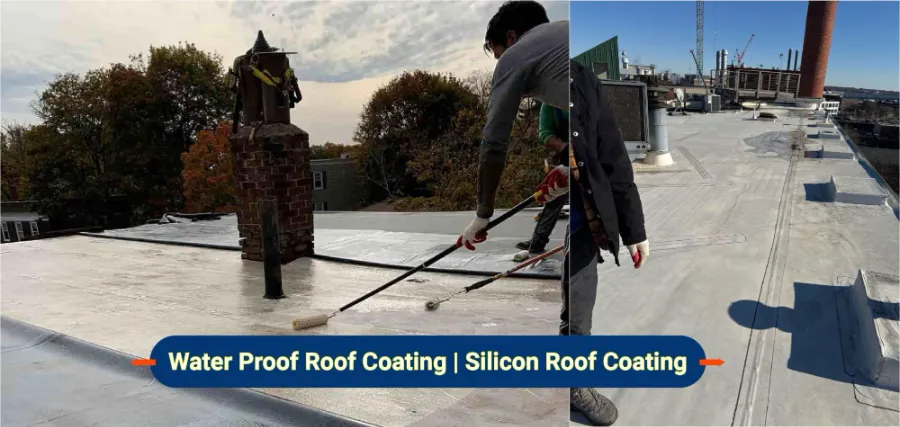
Are you tired of conflicting information about roof coatings? With so many misconceptions floating around, it’s no wonder homeowners feel confused about whether these products actually deliver on their promises. From claims that they’re miracle solutions to warnings that they’re complete wastes of money, the truth about roof coating lies somewhere in between.
When working with a qualified Roofing Contractor, you’ll discover that roof coatings can be incredibly effective—but only when applied correctly and in the right circumstances. Let’s separate fact from fiction and explore what these protective solutions really accomplish for your home.
The Reality Behind Common Roof Coating Myths
Myth #1: “Roof Coatings Are Just Expensive Paint”
This misconception couldn’t be further from the truth. While both coatings and paint create a protective layer, roof coatings are engineered specifically for extreme weather conditions. Quality roof coatings undergo rigorous testing for UV resistance, thermal cycling, and weatherability that far exceeds standard paint requirements.
Unlike paint, roof coatings are formulated with specialized polymers and reflective materials designed to:
- Expand and contract with temperature changes
- Resist cracking under UV exposure
- Provide superior water resistance
- Maintain adhesion in high-wind conditions
Myth #2: “All Roof Coatings Are the Same”
Not all coatings are created equal. The three main types—acrylic, silicone, and polyurethane—each serve different purposes and perform best under specific conditions.
Acrylic coatings excel in moderate climates and offer excellent UV protection but may struggle in areas with frequent standing water. Silicone coatings provide superior waterproofing and perform well in wet climates, while polyurethane coatings offer the best durability for high-traffic roofs.
Myth #3: “Coatings Can Fix Any Roof Problem”
While roof coatings are powerful tools, they’re not magic solutions. Industry experts emphasize that coatings work best as preventive maintenance or for addressing minor issues on structurally sound roofs.
Coatings cannot:
- Repair structural damage
- Fix major leaks or holes
- Solve drainage problems
- Replace deteriorated roof decking
What Roof Coatings Actually Accomplish
Energy Efficiency and Cost Savings
Quality roof coatings significantly reduce cooling costs by reflecting solar heat. The Department of Energy reports that reflective roof coatings can reduce roof surface temperatures by 50-60°F, translating to 10-15% savings on cooling costs.
Extended Roof Lifespan
When properly applied, roof coatings can extend your roof’s life by 5-15 years. This preventive approach costs significantly less than full roof replacement while providing excellent protection against weather damage.
Weather Protection
Modern roof coatings create a seamless, waterproof membrane that protects against:
- UV radiation damage
- Thermal cycling stress
- Minor ponding water
- Wind-driven rain
- Ice and snow accumulation
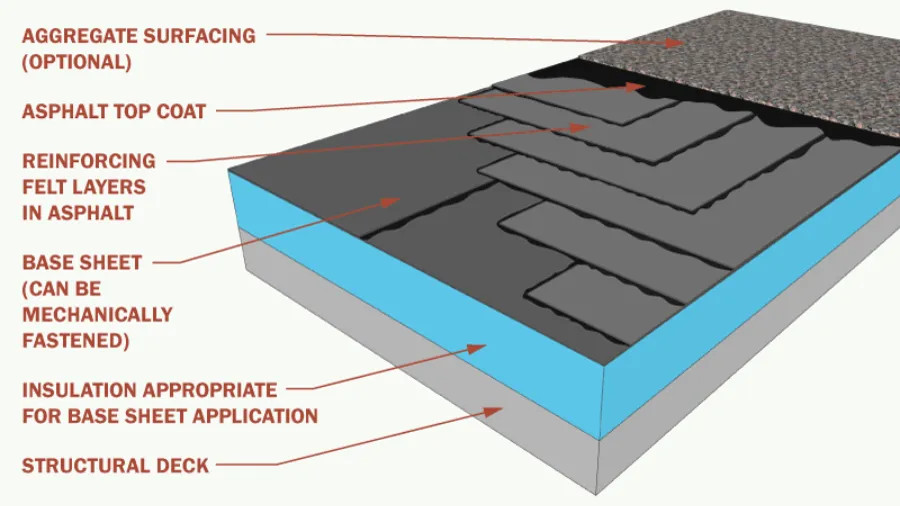
Choosing the Right Coating for Your Roof
The key to successful roof coating application lies in proper selection and professional installation. Here’s a comprehensive comparison:
| Coating Type | Best For | Lifespan | Key Benefits | Limitations |
| Acrylic | Metal roofs, moderate climates | 10-15 years | UV resistant, breathable, cost-effective | Poor ponding water resistance |
| Silicone | All roof types, wet climates | 15-20 years | Excellent waterproofing, UV stable | Higher initial cost, dirt retention |
| Polyurethane | High-traffic roofs | 15-25 years | Superior durability, impact resistant | Requires primer, UV sensitive |
Sources: Data compiled from National Roofing Contractors Association guidelines and manufacturer specifications.
Climate Considerations
Your local climate plays a crucial role in coating selection. In areas like Rhode Island, where weather conditions vary dramatically between seasons, choosing the right coating becomes even more critical. Regions experiencing frequent freeze-thaw cycles benefit most from flexible silicone formulations, while areas with intense UV exposure favor acrylic options.
Professional Application Makes the Difference
The difference between coating success and failure often comes down to proper application. Professional contractors understand the importance of:
- Surface preparation: Thorough cleaning and repair of existing roof issues
- Weather timing: Applying coatings during optimal temperature and humidity conditions
- Thickness control: Ensuring uniform coverage at manufacturer-specified mil thickness
- Quality materials: Using commercial-grade coatings rather than consumer products
Making an Informed Decision
Before investing in roof coating, consider these factors:
- Roof condition: Coatings work best on roofs in good structural condition
- Age of roof: Most effective on roofs 5-20 years old
- Previous coating: Some surfaces require special preparation
- Local building codes: Ensure compliance with municipal requirements
The International Building Code provides guidelines for roof coating applications that professional contractors must follow.
The Bottom Line
Roof coatings represent a valuable middle ground between basic maintenance and complete roof replacement. When properly selected and professionally applied, they provide excellent protection and energy savings. However, they’re not universal solutions and won’t solve fundamental structural problems.
The key to success lies in working with experienced professionals who can assess your specific situation and recommend the most appropriate coating type. Whether you’re considering a Waterproof Coating for enhanced moisture protection or a Silicone Coating for superior weather resistance, professional guidance ensures you get the maximum return on your investment.
Remember, the best roof coating is one that matches your roof’s specific needs, local climate conditions, and long-term maintenance goals. Don’t let myths and misconceptions guide your decision—base your choice on facts, professional assessment, and proven performance data.


